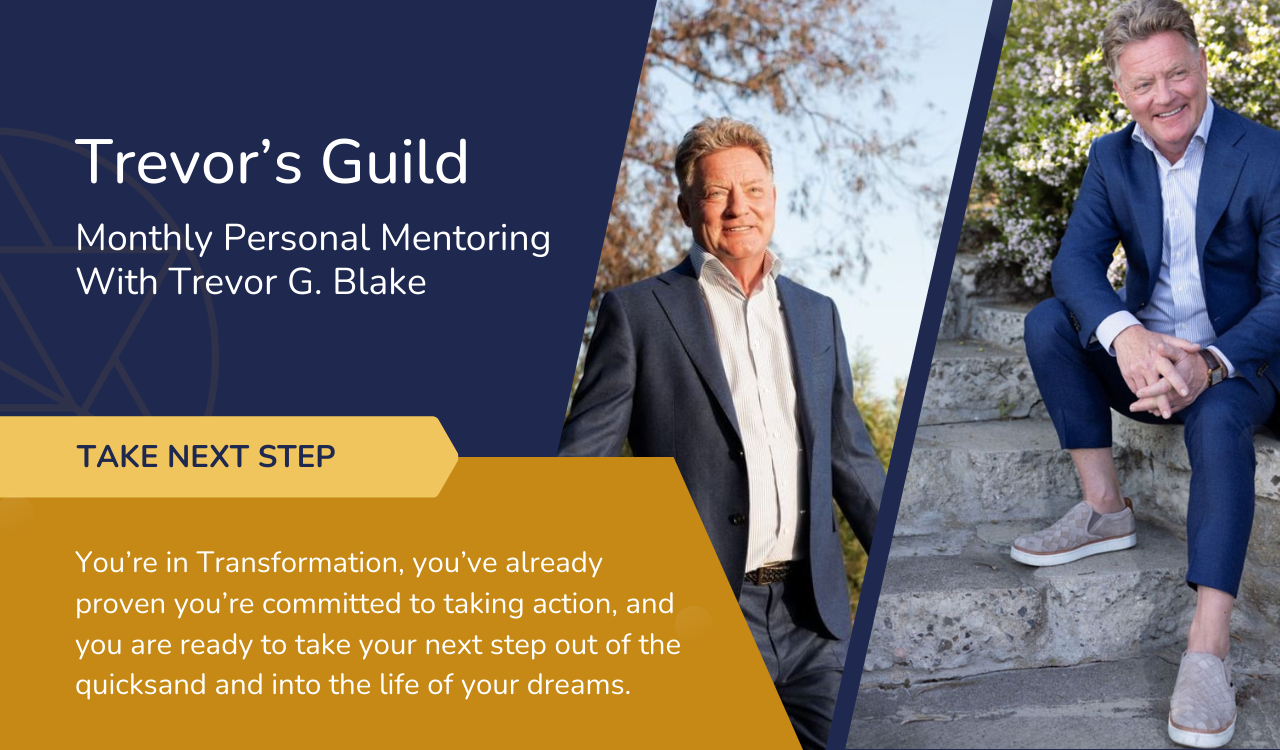Presenting To Investors
“Stocks have reached what looks like a permanently high plateau.” – Irving Fisher, 1929, Three days before the Wall Street Crash
(A noted 20th-century economist. Milton Friedman called him, ‘the greatest economist the United States has ever produced.’)
From wedding speeches to stage presentations, speaking in public is a top-five cause of stress. The main reasons for the stress are the false assumption that the presenter needs to be perfect, and the the audience is judging them as a speaker.

One time, I was with a peer group as we rehearsed our presentations for a coming meeting. The person next to me became so anxious that when it came her turn to speak she fainted.
Later, I asked her why she got so nervous. She said that everyone who had gone before seemed so competent that she became increasingly intimidated. She thought she was the only one in the room who felt nervous and that surely everyone else would notice. She was desperately afraid of looking foolish.
When I described to her my own racing heart, dry mouth, sweating brow, fear I would screw up, or that my jokes would fall flat, she was surprised. All she saw was confidence. So, I asked her to trust me and to let me video her practicing the talk.
I also taught her a simple calming technique that I had used for years. It is a breathing exercise that anyone should do for the a few minutes leading up to his or her moment in the spotlight. Take deep inhalations and exhalations, making each inhalation and exhalation last about four to six seconds. Push the inhalation down against the diaphragm. Try to focus only on the breath and fill the chest to capacity.
Next I showed her a few body language tips, the same ones others had given to me in the past. They always work: Begin by standing in what I call the, “Wonder Woman Pose.” This is legs apart, hands defiantly on hips, chest slightly forward, head held high. This stance is clinically proven to change hormone levels in men and women, creating confidence and reducing fear. It helps to maintain this pose for ten minutes before any meeting or speech. I even do this when preparing for tricky phone conferences.
The next tip is to use the hands and head to engage with the audience, and get them on your side. This is difficult to describe in words, but there are excellent short videos available on any online video website. Just search online for presentation and body-language tips. By keeping our hands in a palm upward position we engender trust. By turning the head occasionally to look to the farthest reaches of the audience on either side of the room we engender sincerity.
She did this while I recorded her talk on a video camera. Even with just the two of us, and a technician to run the slides on a background screen, close up I could see she was still nervous, but her breathing was deeper, and I noticed her hands had stopped shaking.
When she left the stage to watch the recording, she was almost in tears. In her judgment she had choked on certain words, her voice had quavered, and she said that we must have seen how much she was shaking.
We sat down and watched a video playback. She was stunned to see how confident she looked and how calm her voice was through the whole presentation. On the recording she looked poised.
The next day she was no less nervous, but I coached her through the breathing technique again, and she automatically took on the wonder-woman pose. On stage, she came over as totally confident and received a thunderous round of applause. She sent me a note:
“I wanted to let you know how things went for me inside my head. In a nutshell, WONDERFUL! Between spending some time onstage prior to the event (to get comfortable with my surroundings and how I would stand, where the screen was, etc.), and the breathing technique, and doing a wonder woman impression, it was surprisingly less stressful than I could have ever imagined. I even started to enjoy myself up there.”
Investors are like cats, except cats have longer attention spans and at times seem remotely interested in you. Here are some tips for making great presentations to investors:
Passion is everything. When listening to entrepreneurs pitch an idea for investment, I am often disappointed. The presenters think I value good presentation skills, and clear diction. Those things help, but what I want to hear the most is passion and enthusiasm. I care not if someone is nervous; I have been nervous thousands of times and I understand what it feels like. Frankly, I expect them to be nervous, and I think it is a sign of someone who really wants something.

Someone who doesn’t care about the outcome doesn’t get nervous.
What I want to hear in the voice is passion and excitement.
Passion is what got me my first investor.
Years later he told me that he only agreed to meet as a favor for a friend who referred me. He intended to send me packing with a lecture about how hard it is to raise money and how I should just get another regular job. However, my passion for the business, and the way it could fix a wrong, kept him listening. It is never about what you say but how you say it.
No more than five slides, or a five-minute video. Keep in mind that no one in the room will make a decision based on a presentation. If they are intrigued by the idea, they’ll want to know more. They will ask for more detail. They may interrogate you, which is what you want. They may propose bringing in an expert in your area of the business as a follow up (if they don’t suggest that, then you should). They will want to perform due diligence, and it is then when decisions are made. Your objective is only to hook them. The biggest mistake I see is the presenter who wants to tell them everything there is to know, and more, about the business, the market, and the future. Resist doing so, because the more you tell them at this presentation, the more reasons you give them to disqualify you and say no to a follow-up meeting. Your objective is purely to keep them intrigued.
Eye-catching. The investors will likely be connected to a lot of successful and sophisticated companies who have invested a small fortune on their image and branding. Even though they know you are starting out, and are strapped for cash, you cannot risk coming over as amateurish with a homemade presentation or video. Invest in original background format, professional editing, and great images. Because you only have a handful of slides, or a five-minute video, this becomes even more important. Have someone else proof the presentation for grammar and typos.
Hit them with the main message up front. Don’t waste their time with introductory slides, agendas, or personal information. They know who you are already. Hit them with a sharp message aimed at keeping their attention for the next thirty seconds. Try a Five-Slide-Fever-Pitch as I call them.

Five-Slide-Fever-Pitch
Slide one: or the opening scene of a video, shows the problem you intend to fix.
Slide two: show them the money! Investors love big numbers. Show them the total market and the percentage you believe your company can carve out with your unique solution.
Slide three: is the business plan. Just hit two or three bullets about how you will execute the plan and what tactics you will use to turn their money into profit for them?
Slide four: tells them BRIEFLY about you. What qualifies you to execute the plan better than anyone in history? That does not mean tell them your qualifications, but tell them in a nutshell why you think you are qualified to spend their money wisely. Investors invest in either the horse (the idea for a product or service), or the jockey (the entrepreneur). There are thousands of horses available, but great jockeys are prized.
Slide five: CLOSE THE SALE. As an investor, I will shut down my mind if you make a great presentation, but fail to attempt to close the sale. If you don’t try to get me to commit to something, then how can I believe that you will get customers to buy your product or service?
Try an Action Close: I prefer what I call “action closes.” These are attempts to get the investor to commit to further action that keeps them interested in what you have to say or sell. Think of it like “If you eat your vegetables, I’ll let you have some ice cream.” For instance, “If you like the concept of my company, what I would like to do is set up a telephone conference with several potential customers who have said they would be interested in buying product X once I have the $2 million I need to manufacture it. That will give you the chance to quiz them about the market, and why we offer advantages over the competition, hearing it from their perspective rather than mine. I can set up a conference call for Friday. What time works for you?” That is a solid action close. I have used it successfully in various iterations over many years.
Close and Get Out: Don’t think just because everyone is friendly that you can now hangout as buddies. More investments have been lost after the sales pitch than during. Usually the presenter relaxes and then says something dumb which leads to more questions, and that leads to over-selling and disqualification.
The secret to successful salesmanship in any situation is:
Listen for a buying signal (a statement of interest or curiosity)
Close on the buying signal with a call for action
Shut up
Thank them for the consideration and get out
Make a note to follow up later
Follow up later.
Resources
Polina Groman, is a successful serial entrepreneur who also works from home as a band of one. In this inspiring guest appearance, she provides wonderful insight into the investor mindset as well as the illusion of confidence.
Example of a great first pitch in our VLS-E members group.


